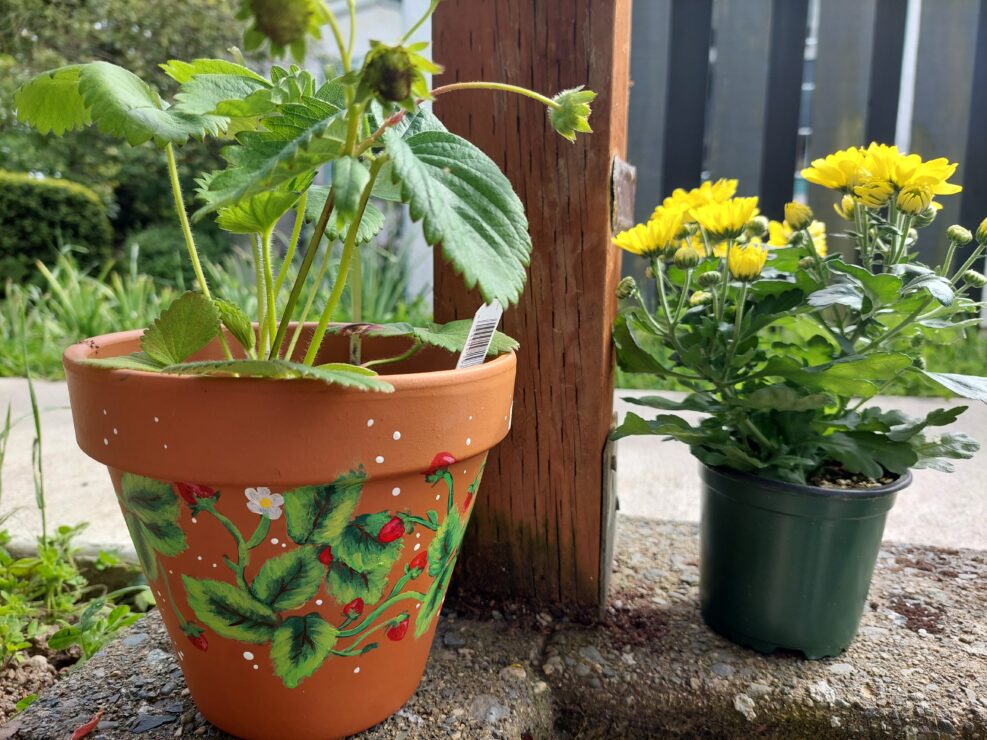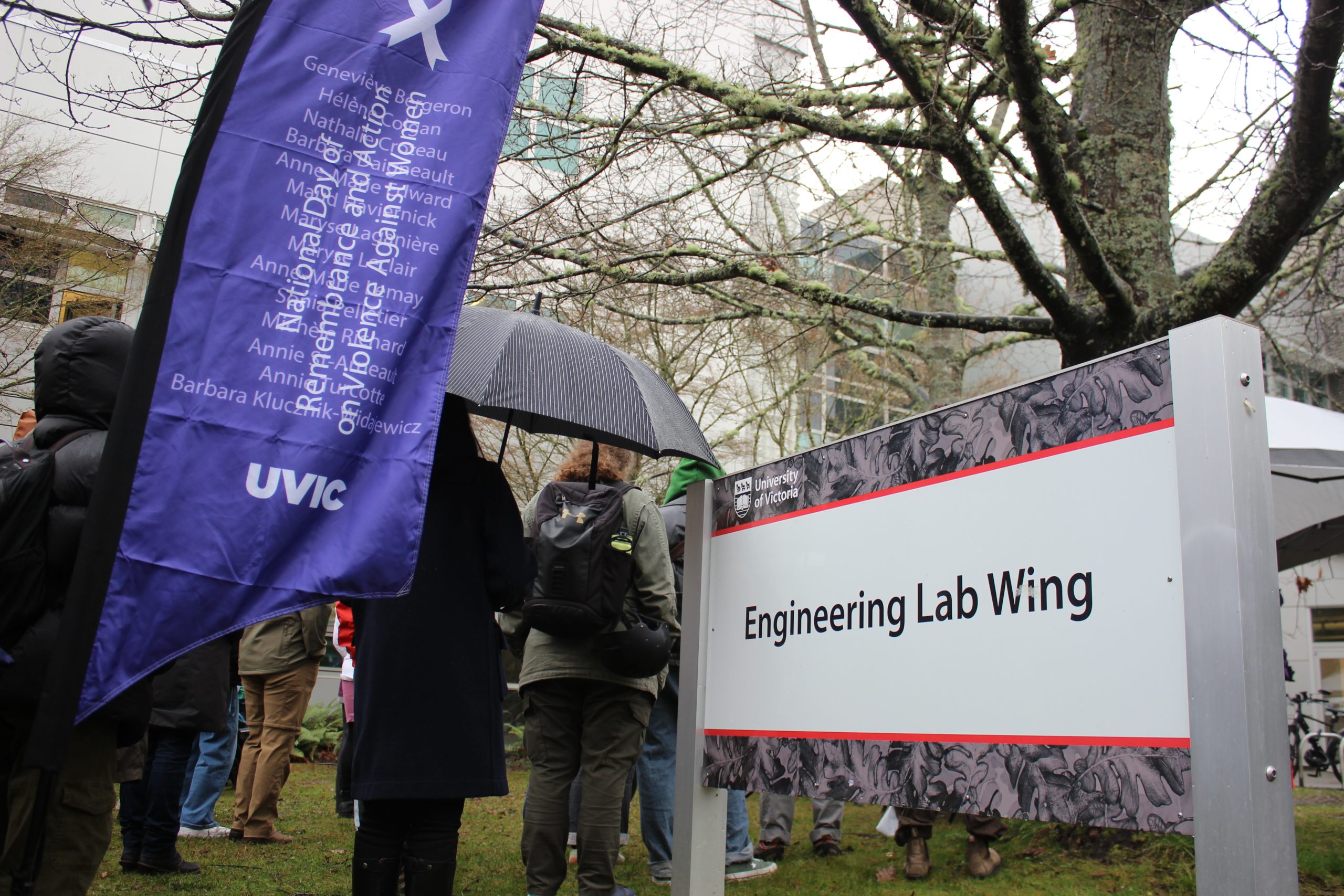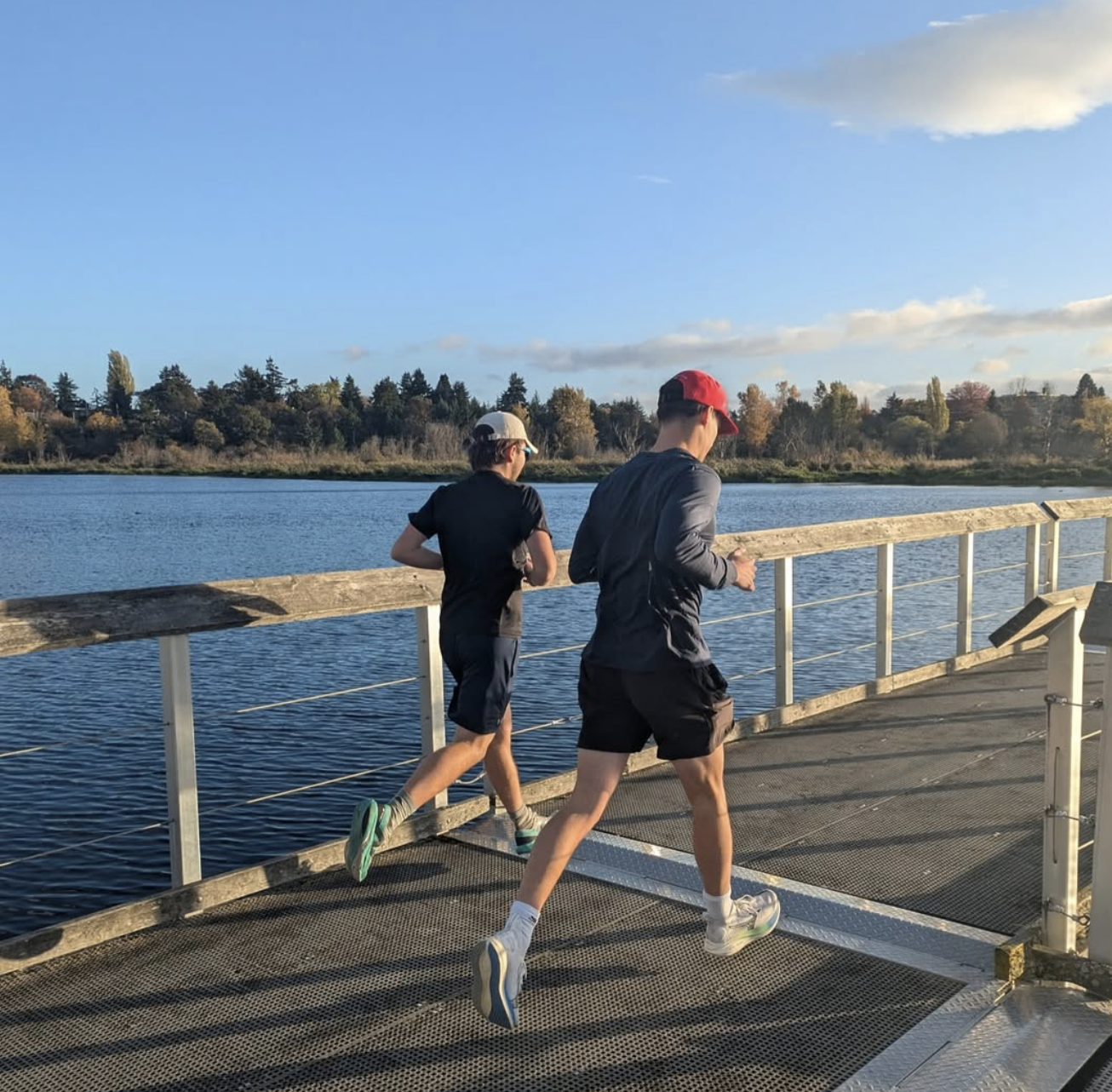Vegetable gardening is affordable, rewarding, and delicious

So you’ve discovered a love for caring for your beloved houseplants, and it’s time to take it to the next level: vegetable gardening.
With food sustainability and rising food costs on your mind, what better time than now to start growing some of your own food? Vegetable gardening is affordable, can reduce transport emissions and packaging waste, and is a good way to spend more time outside playing in the dirt. There may be an upfront investment in the materials and/or space required to garden, but it pays for itself by growing your own produce.
Tomatoes are a good example of an easy return on investment. You might spend $20 on a 5-gallon pail from Canadian Tire, seeds, and some soil, but even a low-producing cherry tomato plant can earn that back compared to buying them by the pint at Save-On-Foods.
You may associate gardening with upper middle-class folks who have their own home with yards in the front and back to work with, but it can be easy and affordable for renters to try their hand at vegetable gardening as well.
The first barrier renters might face is not having an obvious space to garden. If you have a balcony that gets at least some sun during the day, get some garden boxes to place on the deck or hang off the railing. You can cruise online used marketplaces for people selling them second-hand to keep costs down, or check the garden centres at Canadian Tire or Home Depot for some lower-cost options.
If you’re renting a suite in a house, talk to your landlords about the outdoor space. It can be as simple as slapping a garden box beside the walkway coming up to the door, or somewhere along the side of the house.
If you have a backyard, your landlord might be open to turning some of it into garden space. Talk to anybody else sharing the house, as anyone wanting to get involved can help to split the costs and labour of setting it up. Your landlord would hopefully be willing to install garden boxes for you, or they might just give you the green light to do it yourself. Installing garden boxes is a bit of a project, but doesn’t require much skill in carpentry or special tools so it is beginner-friendly.
Once you have established a space that you can garden in, the trick is to pick something that is easy to grow. If you’re not sure what to start with or whether you’ll enjoy vegetable gardening, keep it simple. When you go to buy seeds at your local garden shop, ask an employee about what will be easy to grow according to the amount of sunlight your garden will get.
Beginner-friendly lists tend to include lettuce, carrots, beans, cucumber, tomatoes, and summer squash. Pick something that you like to eat and cook with to ensure that you get the reward of fresh, tasty vegetables even if you only get a few the first time you try growing them.
There is more to know when you buy your seeds, like the time of year they can be started, whether it’s best to start them inside and then transplant them outside, or whether they like to go straight in the ground. You can also buy plants that have already been started for you if you’re behind in getting the ball rolling, or if you’re not much of a green thumb — these starters are more expensive than seeds but they have a higher chance of success.
I’ve always found garden store employees to be brimming with wisdom, but if you really don’t want to talk to a human, there are catalogues that will tell you everything you need to know about seed varieties. West Coast Seeds has one available for free online, for example.
It can be fairly easy if you want to try growing some of your own food. If you’re unsure whether it’s for you, find some cheap containers and try it out. It can be more complicated as you learn about different fertilizers and techniques, but sticking to beginner vegetables helps avoid that until you’re more invested in the hobby. I personally love to put on a podcast and spend some time gardening in the spring, because there’s nothing better than cooking with vegetables right from your garden during the summer.
If this all still seems like more effort than you want to commit to, or if you truly don’t have any outdoor space (outdoor space isn’t always widely available in a housing crisis), then you can always look to community gardens. UVic’s Campus Community Garden runs occasional free workshops, as well as opportunities for renting garden plots. You could also try volunteering at a local farm, which may pay out fresh vegetable perks.
Whatever your capacity, it’s worth getting involved in growing your own food. There’s always a learning curve and some investment in the materials for vegetable gardening, but it’s something that continually pays off year after year, and you don’t have to own a house to do it. Whether you end up building an irrigated garden system or growing tomatoes in a plastic bucket on your balcony, you’ll still be reaping the rewards of growing food with your own two hands.








